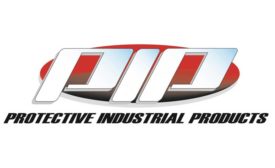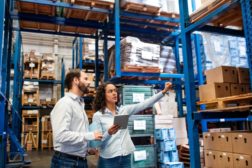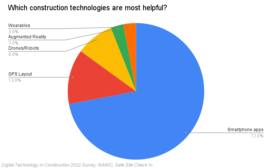Home » Keywords: » supply chain management
Items Tagged with 'supply chain management'
ARTICLES
PIP Global Safety selects TrusTrace to support corporate sustainability initiatives
Company prioritizes ESG in workplace protection on new sustainability journey
November 9, 2023
Survey reveals digital transformation is top priority in construction industry
Research conducted by National Association of Women in Construction and Safe Site Check In offers insight into popular digital technologies and impact of the labor shortage and supply chain disruptions
March 10, 2022
Become a Leader in Safety Culture
Build your knowledge with ISHN, covering key safety, health and industrial hygiene news, products, and trends.
JOIN TODAYCopyright ©2025. All Rights Reserved BNP Media.
Design, CMS, Hosting & Web Development :: ePublishing








